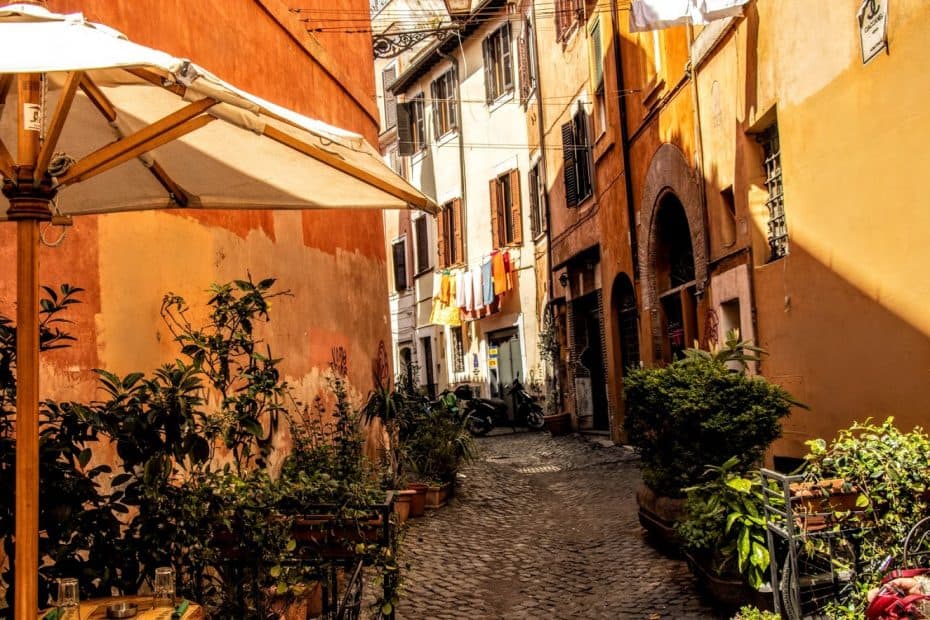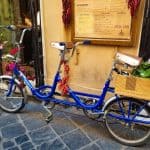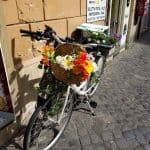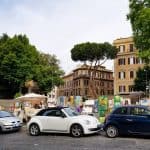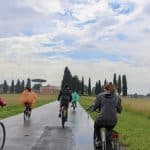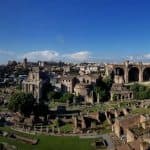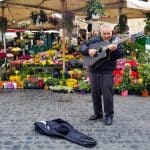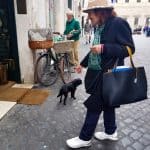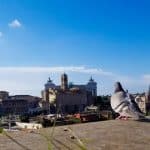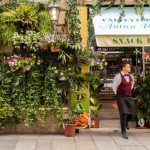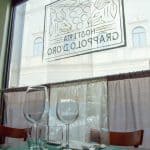An unnamed alley in the twisting maze of downtown Rome.
Haphazardly discarded cigarettes sprout from stone pathways like untamed fields of clovers, and wine corks swollen with rainwater and liquefied grime are permanently wedged into overloaded storm drains. Vehicles, predominantly Fiats and Vespas, zip down narrow alleyways heart-poundingly close to clipping panicked tourists, their expedition leaders disturbingly unfazed by the commotion. Hundreds of visitors throw elbows and thrust umbrellas into the sides of fellow sight-seekers all for the chance to toss a coin into the Trevi Fountain or to view the Coliseum in between gaps of 20,000 heads all searching for the same National Geographic view.
So what exactly is the attraction of Roma that lures 4.2 million guests each year?
The unexpected.
My solo expeditions set my heart aflame for the city as I veer from the heavily beaten paths into sleepy clusters of native shops where not a lick of English is spoken. Breezes tickle freshly laundered clothes pinned to nylon lines, and perky blooms overflow window baskets like cornucopias on Thanksgiving. A Tiffany blue Vespa sporting a trio of wines and vibrant red onions welcomes me to a pocket-sized bakery, or forno as the Italians say, and I balance on the edges of the colorful tiles, observing an older man converse with the young employee behind the counter.
I deftly exit the store with an appreciative “grazie” and saunter down the winding paths until I stumble upon artisan shops boasting of made-in-Italy jewelry and Murano glass, a substance found only on a speck-of-an-island after which the glass is named.
Between vibrant buildings blanketed in ivy, crosses mounted on soaring steeples pierce the sky like daggers raised in defense of the city. Breathtaking landmarks stamped across Rome’s horizon impress a sense of wonderment but appreciating them from afar while tucked in a generationally owned ristorante allows for solemn remembrance rather than irritation at the sheer number of selfie sticks inhibiting the view. I quickly discover the best places to dine are the ones where bicycles showered in flowers enliven the entrances and where staff don’t come to you on the bustling piazzas but you follow the mouthwatering aroma of a 200-year-old family recipe.
Rome is a city of a thousand untold secrets, where a wrong turn becomes the most serendipitous discovery and the most tantalizing sight is from a hill, not an overstuffed viewing deck. With so much to see in a compressed area, an experience can swiftly become overwhelming, but diverting off the main ways not only offers moments to breathe and unwind but also to discover the Italy endlessly described yet rarely seen.
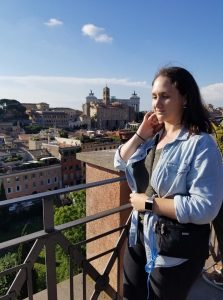
Sarah Waldrop
Sarah Waldrop is a senior advertising major at the University of South Carolina. She hopes to become a published author some day.
Featured Writer.
Please enjoy some “Italian music” as you browse the pictures below!
We stayed in apartments in Trastevere, a municipality of Rome. It means “Beyond the Tiber,” and only the poor and the outcasts lived here in the beginning of the establishment in the 3rd century B.C.

Maggie Gosiger
Maggie is a senior visual communications major at the University of South Carolina.
Featured Photo.
